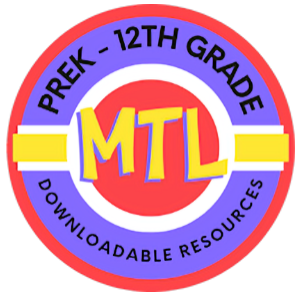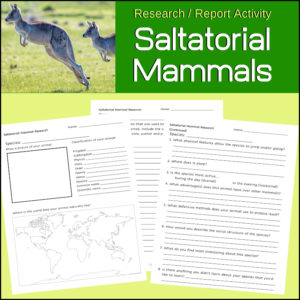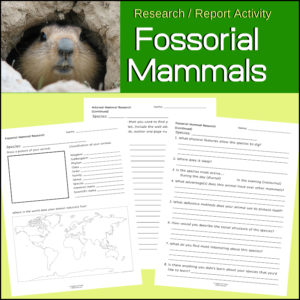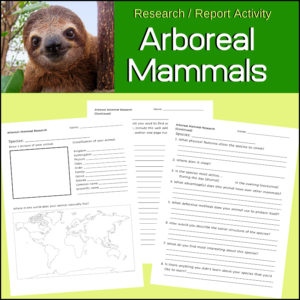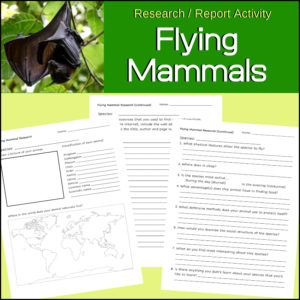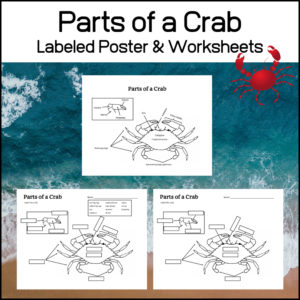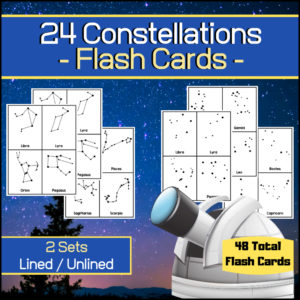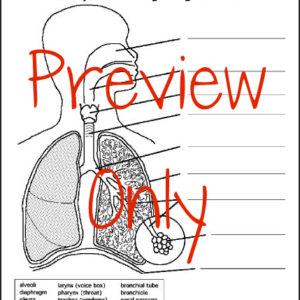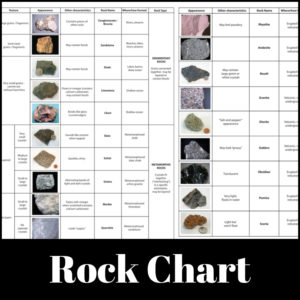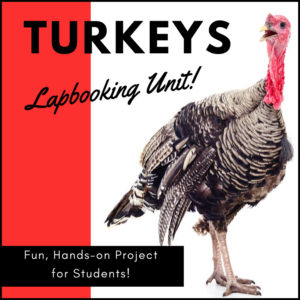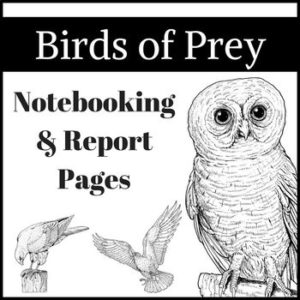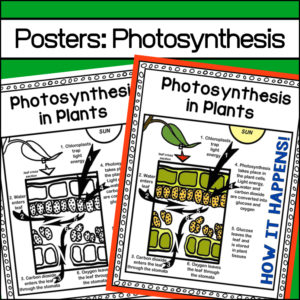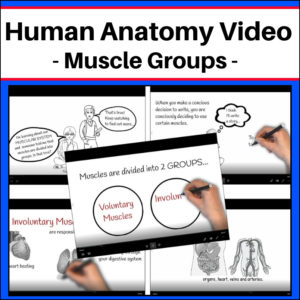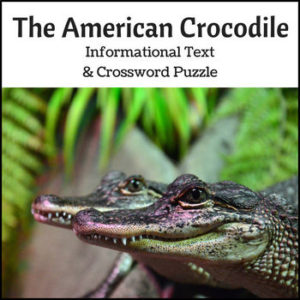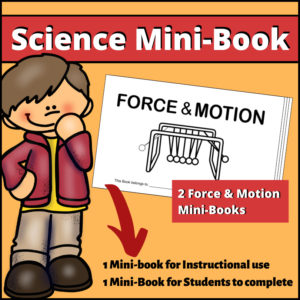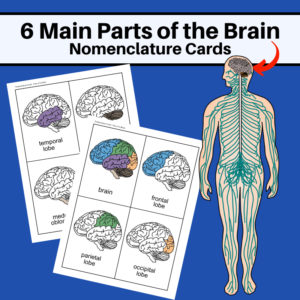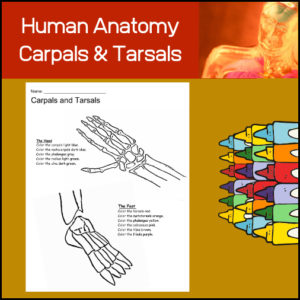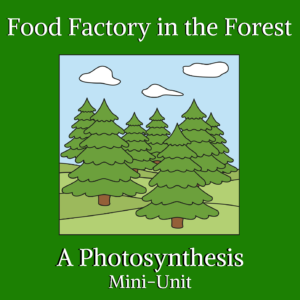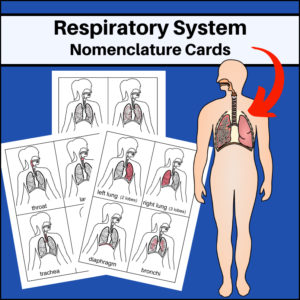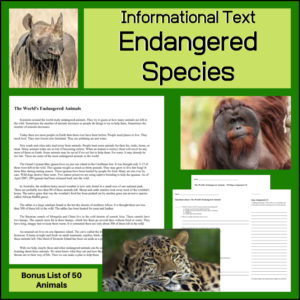Showing 21–40 of 124 results
-
$1.25Buy NowOne way of categorizing animals is how they move. Mammals that are designed to jump, hop, gallop, or leap are called Saltatorial mammals such as the kangaroo, leopard, rabbit, horse, antelope and many others! f you are preparing a Science research / report assignment on these types of animals, this resource will guide students through their research and can be used as the end reporting tool!
-
$1.25Buy Now
Burrowing, ground dwelling mammals are known as fossorial mammals. Fossorial comes from the Latin fossor, meaning “digger”, thus mammals such as groundhogs, gophers, moles, rabbits and others are in this group. If you are preparing a Science research / report assignment on these types of animals, this resource will guide students through their research and can be used as the end reporting tool!
-
$1.25Buy Now
During a study of animals (specifically mammals), students can use this product to research and report on animals such as the koala, monkey, sloth or possum. Any tree dwelling mammal is considered arboreal. Students can use this product as both a guide to their research as well as the end reporting tool!
-
$1.25Buy Now
In the Science field of Zoology there is a group of mammals that are considered ‘flying’ mammals. This resource has been designed to be used as both a guide to student research as well as the end reporting tool.
-
$1.25Buy Now
Is your Science class studying (or preparing to study) ocean life, crustaceans or the phylum Arthropoda? This resource, Parts of a Crab – Poster & Worksheets, includes a labeled poster of a crab and 2 worksheets (or quizzes).
-
$3.00Buy Now
This Astronomy / Science resource, Constellation Flashcards, contains 2 sets of 24 constellations for a total of 48 cards. (Includes Astrological / Zodiac Constellations)
- Set one has lines that show the stars connected to create the constellation.
- Set two shows only the stars of the constellation (no lines). You can use set two to have students learn the ‘grouping of the stars’ as they actually see them in the sky -or- you can allow students to actually draw the lines on each card to help learn the constellations.
-
$3.00Buy Now
Whether you are studying turkeys because you want to focus on one species of bird or if it is because you want a fun topic to study around Thanksgiving, your students will love to create their very own turkey lapbook!
A little about ‘the turkey’: Benjamin Franklin would have preferred to have the Wild Turkey, not the Bald Eagle, chosen as the national symbol of the United States. Although the barnyard variety seems to be (according to some sources) lacking intelligence, the original wild form is a wary and magnificent bird. Wild Turkeys usually get around by walking or running, but they can fly strongly, and they typically roost overnight in tall trees.
-
$2.50Buy Now
Experiments in this book involve Magnets, Air, Electricity,Water, Sound, Sight, Machines, Heat, Chemistry and Plants.The many illustrations are self-explanatory– a great book for budding scientists and teachers.
-
$4.99Buy Now
‘Birds of Prey’ is a 41 page download and offers pages specifically designed to help students organize and present research reports for each bird. Also included are several ‘blank’ pages for students to use when researching other birds as well as pages to add additional information to any report.
See description below for the list of included birds!
-
$1.50Buy Now
Here are 2 posters (b/w and color) of the process of photosynthesis.
-
$4.50Buy Now
Human Anatomy – Muscle Groups Video has been created to introduce, explain and/or review voluntary and involuntary muscles in the human body. Each group is defined, explained and definitions given. This is great for visual learners!
To add student interest, one student is helping another student learn, interesting graphics have been added and upbeat music fills the background. (Music is easily muted if needed.)
-
$1.50Buy Now
Designed for 5th-8th grade students, American Crocodile Informational Text and Crossword Puzzle will provide students with details about the only crocodile native to the Americas in the following categories:
* Appearance
* Differences from alligators
* Distribution and Habitat
* Food and Growth
* ReproductionAfter reading the text (3 pages), students are to complete the crossword puzzle. Answer Key provided.
-
$3.00Buy Now
Studying ‘Force & Motion‘ in your classroom? This resource has been designed to help students gain a greater understanding as well as to help them retain the information they are learning!
Includes 2 Mini-Books:
- 1 for instructional Use (Will help with understanding)
- 1 for students to complete (Will help with retention of knowledge)
-
$2.00Buy Now
6 Main Parts of the Brain – Human Anatomy Nomenclature Cards – This resource will help students learn and study the following parts of the brain: frontal lobe, parietal lobe, occipital lobe, temporal lobe, cerebellum and the medulla oblongata.
-
$1.25Buy Now
On this one page worksheet titled Carpals and Tarsals, students identify the bones of the hands (+ wrist and lower arm) and feet (+ lower leg): carpals, metacarpals, phalanges, radius, ulna, tarsals, metatarsals, phalanges, calcaneus, tibia and fibula.
Suggested uses: Use in a Science center when studying human anatomy, give as homework or use as a quick quiz. Answer key is provided.
-
$1.99Buy Now
This cross-curricular resource will inform and assess students’ understanding of the basic process of photosynthesis. Includes both close reading and a cloze activity.
-
$2.00Buy Now
Respiratory System – Human Anatomy Nomenclature Cards – This resource will help students learn and study the location of the following parts of the respiratory system: left lung, right lung, diaphragm, bronchi, bronchioles, alveoli, sinus cavity, nose, throat, larynx, trachea, and pleura. There are also 4 extra diagrams with no labels for you to use as you wish…such as give to students to have them color in and label the cards for themselves!
-
$1.75Buy Now
This cross-curricular (Language Arts – Science) informational article has been designed to help students gain a better understanding of why some animals in our world are endangered. The article will list causes such the need for more land and food for humans as well as pollution and hunting. Students will also be given several examples of animals from around the world that are in danger and what we need to learn in order to make plans to help them survive.
